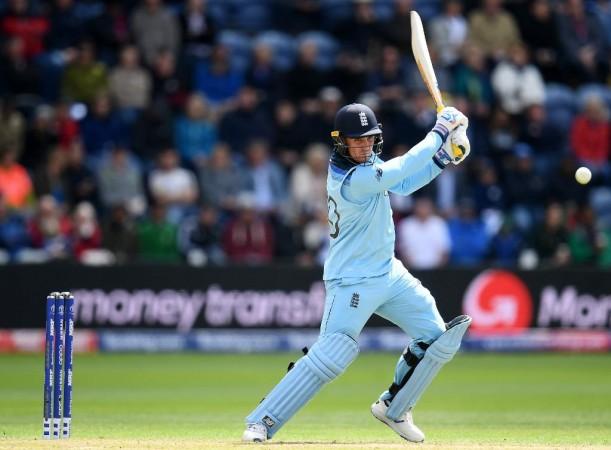
So, India's unbeaten run at the ICC 2019 World Cup has come to an end. While losing one match in this tournament is a matter of no shame and losing that game to a desperate home side is even less of a disgrace, there are still some important issues that Indian team will have to look at.
Everything went right for England from the toss to the last over of the match. They also had good luck on their side but that is only useful if it is utilized properly. The result of this match came about due to some very important factors. While everyone is focused on how MS Dhoni batted at the end of India's innings, the reason for the team's defeat lie elsewhere.
Let's then, identify the biggest factors that contributed to India's 31-run loss to England.
The toss
It won't be an exaggeration to state that the toss was of utmost importance in this match. If India had batted first, they would have very likely scored over 300. An under-pressure England team, in a must-win game, chasing 300+, having thrice lost in this tournament while batting second, would have been very shaky. Instead, their captain Eoin Morgan won the toss and elected to bat first and gave his batsmen the freedom to play without an overhanging target. This proved extremely crucial in the end.
Return of Jason Roy
The importance of this factor cannot be overstated. England's batting looked like a different beast with Roy at the top compared to when it was without him. He stroked two boundaries in the very first over, immediately pushing India on the defensive. Once he launched a full-scale assault, the Indian team looked clueless. With him in the side, England regained that positivity and freedom that took them to no. 1 position in ODI cricket. His half-century not only helped with his own runs but also aided Jonny Bairstow regain his form and score a hundred.

The non-referral by India against Roy
One of the most crucial moments in the game was when India decided not to review a not out decision by the umpire on an appeal for caught behind against Roy. Replays showed that the English opener had clearly got a bit of glove on that. Till that moment, England had progressed at a decent rate but had seemed a little scratchy at times and were not in full flow. As soon as Roy had that lucky escape, he decided to launch an all-out attack against the Indian bowlers. The very next delivery saw him charge down the wicket and deposit the ball over long-off boundary for six. The lucky escape may be the moment when Roy lost all fear and decided to unleash himself. What followed was a savage assault from both him and Bairstow that put England in firm control of the match.
Innings of Joe Root
When one looks at the English batting order and the runs scored by the batsmen in this match, the contribution of Joe Root may go completely unnoticed. Some may even blame the batsman for scoring at less than run-a-ball. But the fact is that the innings of Root proved highly important for England and helped them greatly in getting the score they eventually achieved. When England lost the wicket of their captain Morgan, there was a danger of their innings coming off the tracks and losing its way completely. However, Root stayed like a rock at one end and soaked up the pressure. This allowed Stokes to play freely and keep the scoring rate going. It is precisely for this role that Root is in the team and he played it brilliantly. If instead of Root, England had a dasher, he may have gone for big hits and lost his wicket. That may have caused a complete collapse and prevented England from getting even 300. Root's innings therefore, was very valuable.

England's immaculate bowling in first 10 overs
The fact that India scored just 27 runs in the first 10 overs of their innings is being cited as a major reason for their loss. Rohit Sharma and Virat Kohli are being criticized for not playing more positively. However, the main reason for India's lack of runs in the first 10 overs wasn't bad batting on the part of Kohli and Sharma but the impeccable line and length bowled by Jofra Archer and Chris Woakes. These two not only bowled no easy deliveries but kept the two Indian batsmen on their toes with a highly testing line and length. The two batters had to fight to keep their wickets intact, hence scoring fast became a secondary concern. The only way these two could have tried to accelerate the run-rate is by taking big risks. But in that case, they may have lost their wickets and exposed a vulnerable looking Indian middle-order. It was England's brilliance not India's timidity that kept run-scoring down in the first 10 overs.
Use of slower balls by England
Lastly, the reason England were able to contain India was because their pacers decided to bowl only slower balls in the last 10 overs. They realised that any pace on the ball would allow Indian batsmen to hit it away easily on this flat pitch. By taking the pace off, they ensured that the batsmen struggled to time the ball and hit it away for boundaries. That proved decisive.

















